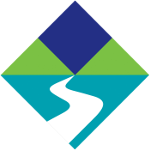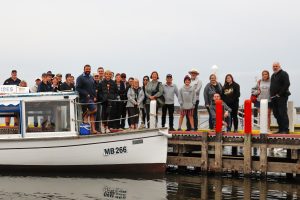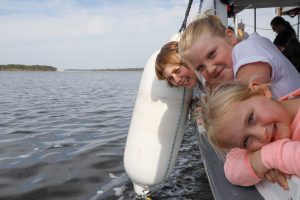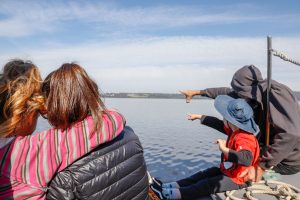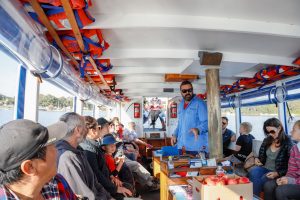
Raymond Island is well known as a relaxing holiday destination with the promise of easy koala spotting and a leisurely lifestyle. Working to improve the bush outlook that visitors travel hundreds of kilometres to enjoy, is a year-round job for the Raymond Island Landcare Group.
For over a decade the group has been systematically improving the health of the island, home to an abundance of wildlife and migratory birds, one plot at a time.
Pam Williams-Wright, the president of the group notes how popular the island has become, “Melbourne is just so busy now that people are looking for somewhere else to retire to and we’re finding that people are moving up having visited the region only a handful of times.” It’s this regeneration of people and enthusiasm and seeing the transformation in real time that keeps the group inspired to continue making a change.
With funding from Victorian Landcare Grants, the group have been working on eight separate sites for over 20 years.
Rob Wright has helped to regenerate 30 acres of bushland since he first moved to the island five years ago. “It’s not complicated” he says, “It’s going to take many years to see the benefits of our hard work but it’s not hard to see what’s already popping up. We’ve got to give back and get it back to something like what it was.“
“Our works have made a huge difference already, especially in the community. People are getting enthusiastic about it, they can see the effects of what we’re doing and that makes a huge difference.”
The Victorian Landcare Grants have recently opened for 2019-20 with grants of up to $20,000 available. If you are a member of a Landcare group or an environmental community group with a great idea for a project on your patch then you should consider applying.
Applications close on 12th June.
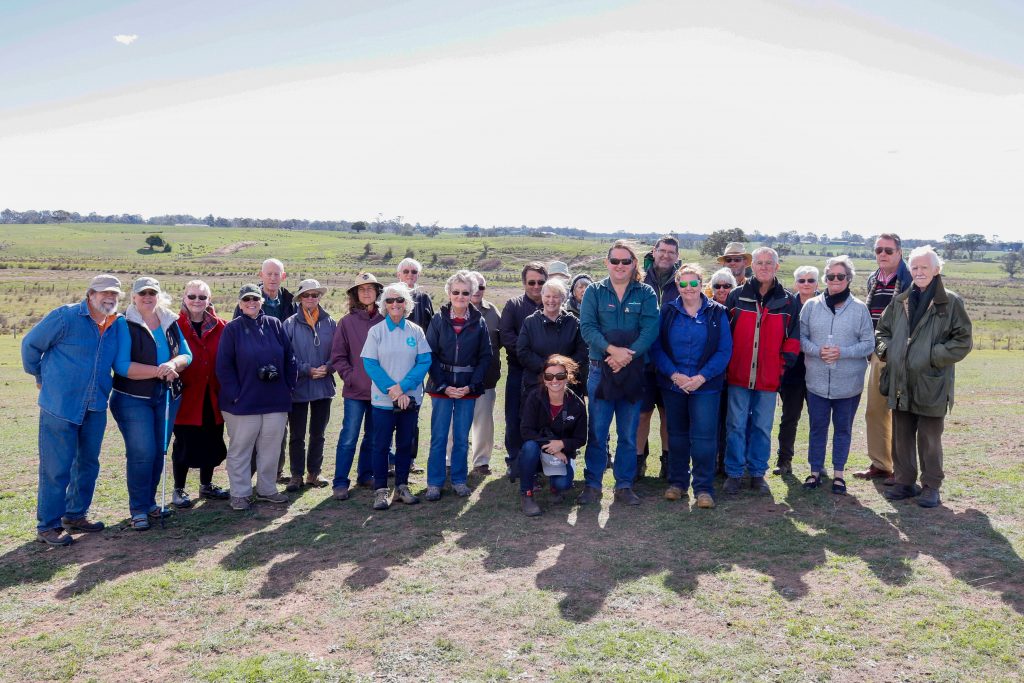
Wetlands are more than just swamps, they serve an important ecological function and are important places for Traditional Owners.
That was the takeaway at the recent Wonders of the Wetlands tour, led by the EGCMA in conjunction with Greening Australia and the Lower Tambo Landcare Group.
Attendees had the opportunity to travel to sites along the lower Tambo to see the progress of works being undertaken by Greening Australia. They learned about the environmental and cultural importance of the Twin Rivers, while Birdlife Australia’s Deb Sullivan discussed the migratory birds who visit the Gippsland Lakes each year.
The EGCMA would like to thank the community members, landholders and partner organisations who helped make this day such a success.
Project sites visited have been funded by the Victorian State Government as part of $222 million committed to improving the health of waterways and catchments in Victoria.
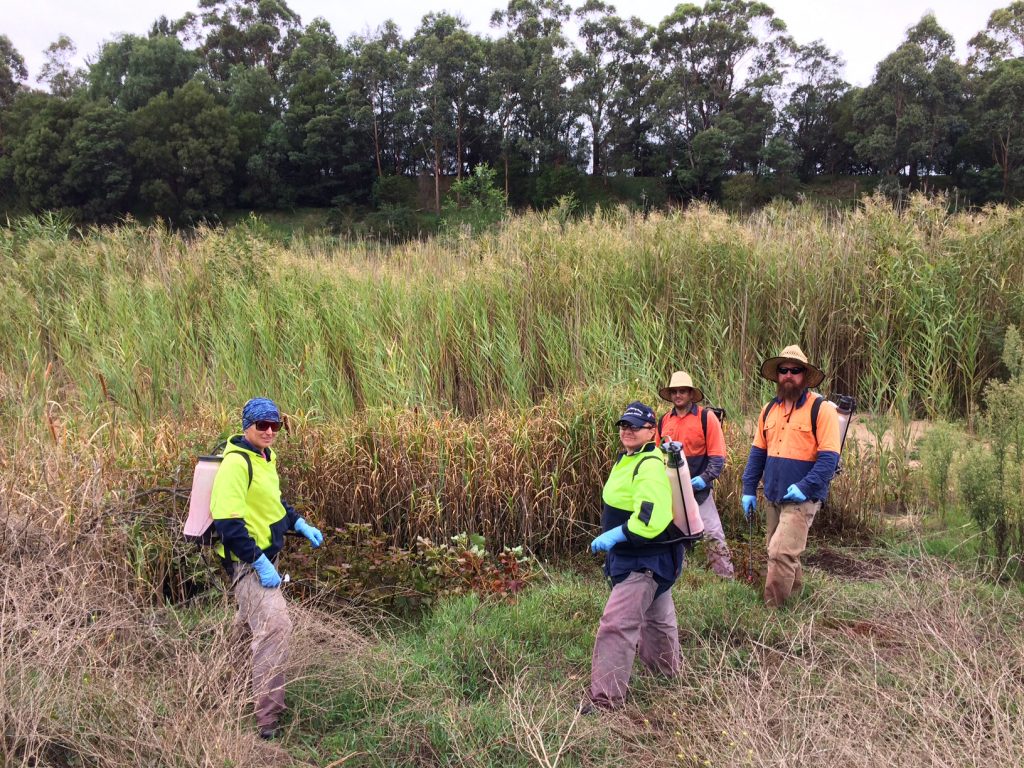
The lower Snowy River work is continuing this year with an ongoing partnership between the East Gippsland Catchment Management Authority (EGCMA) and Moogji Aboriginal Council.
The Moogji works crew have been working on the river for over a decade and look after the area from Jarrahmond to the Brodribb. The crew controls weeds and plants native seedlings to improve the health of the Snowy.
“Moogji are a terrific partner providing opportunities for local people to develop a career path and further employment opportunities while improving the health of the river.” said EGCMA CEO, Graeme Dear.
This aligns with the objectives of the Water Plan for Victoria which seeks greater involvement of indigenous people in waterway management.
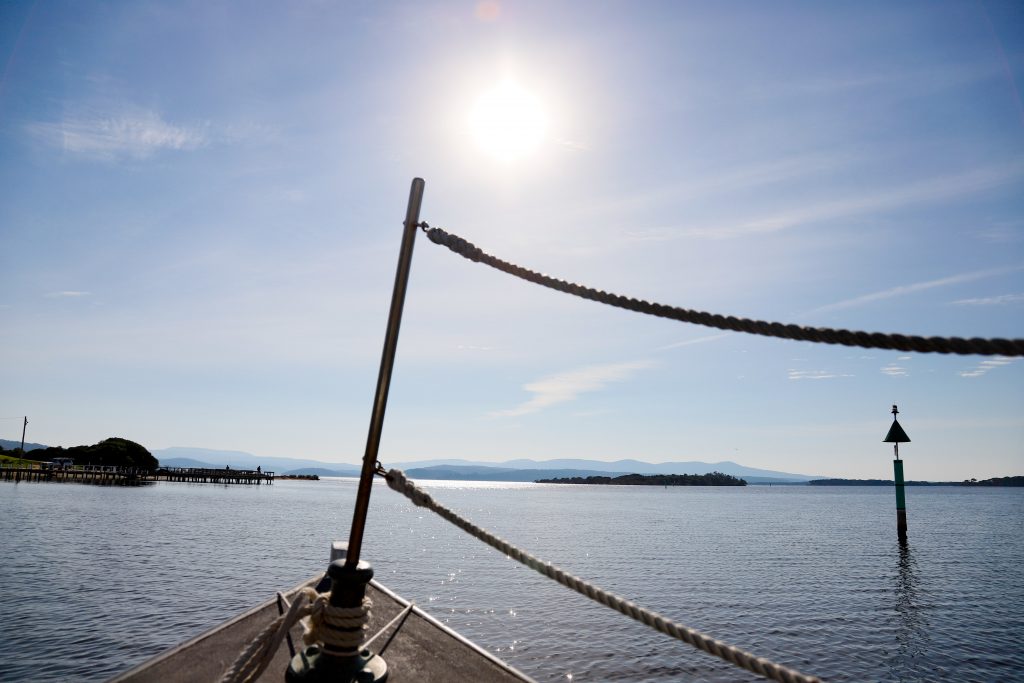
With Mallacoota abuzz throughout the Wild Harvest Seafood Festival over the weekend, some lucky participants were able to enjoy the celebrations, and the idyllic location, from the water.
Over 50 festival go-ers joined the East Gippsland Catchment Management Authority and Parks Victora aboard the M.V. Loch-Ard for a tour of the bottom lake.
Taking in Swimming Point, the Narrows and a surprise visit from a couple of playful dolphins, guests learnt about the estuary’s ecology and cultural significance while soaking in its stunning beauty and wildlife.
Community members from near and far descended on Lindenow South to celebrate turtles!
Did you know that many of Australia’s freshwater turtles are under serious threat due to fox predation and human activities?
Greening Australia and Turtles Australia know just how important these critters are to our wetlands and waterways and were keen to share their knowledge, particularly how to identify Eastern long neck turtles and use nest protection kits. With the Local Aboriginal Woman dancers, the Brabulung Warriors and the team from Bug Blitz on hand, a good day was had by all.
This event was funded by the State Governments Our Catchment, Our Communities initiative.
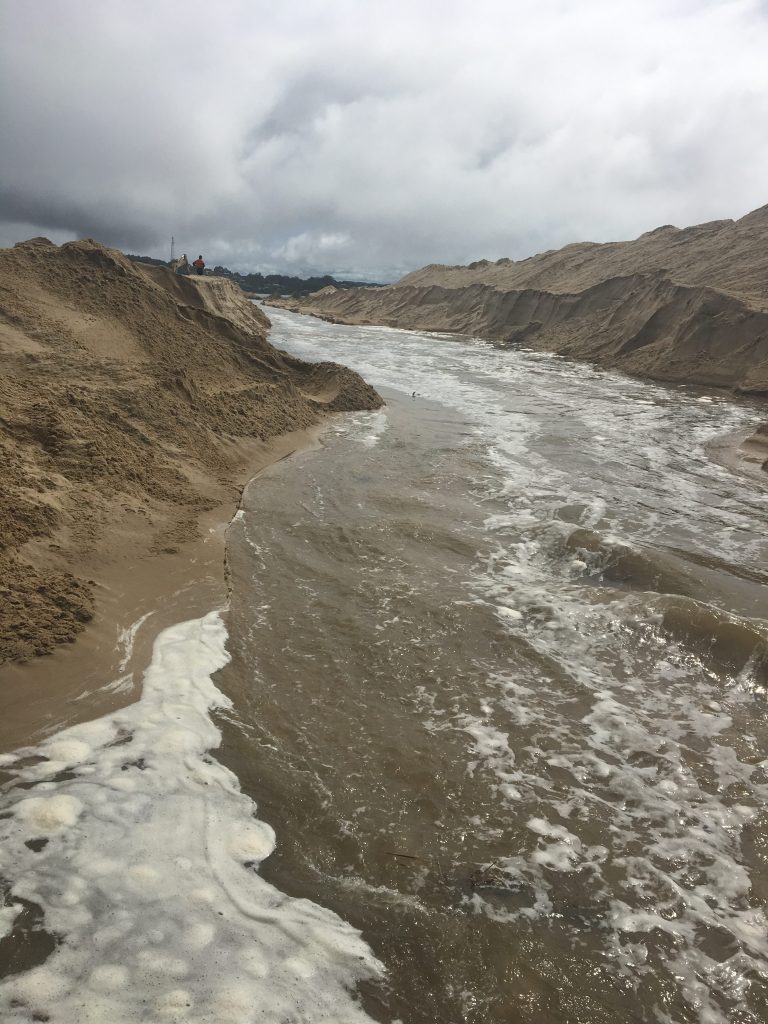
The East Gippsland Catchment Management Authority (EGCMA) advises that the entrance at Mallacoota Inlet estuary was opened on 21st March.
Good rainfall over the catchment at the beginning of last week meant that conditions were favourable for Parks Victoria to artificially open the entrance with lake levels now beginning to drop.
EGCMA CEO Graeme Dear said “We will continue to monitor water levels and stream flows into the estuary and provide further advice if the entrance closes again”.
“We would also like to thank those in the community who have assisted with data gathering in recent months” Mr Dear said.

The Gunaikurnai Land and Waters Aboriginal Corporation (GLaWAC) NRM Crew have been working along the banks of the Tambo River, controlling weeds between Battens Landing and Stephenson Bridge.
Working in partnership with the East Gippsland Catchment Management Authority (EGCMA), the works will improve public recreational access to the well-known swimming spots and complement revegetation works being undertaken in the area.
These works are part of a coordinated effort to improve the health of the Tambo River, together with public access and amenity from Swifts Creek downstream to the mouth of the river.
“Our NRM team are proud to be working on country in partnership with EGCMA” said Nigel Pearce, NRM Manager at GLaWAC.
“The Water Plan for Victoria seeks greater involvement of Traditional Owners and recreational users in the management of our rivers.” said the EGCMA CEO, Graeme Dear. “Our strong relationship with GLaWAC provides opportunities to build and share skills and cultural knowledge.”
The project is funded by the Victorian State Government as part of $222 million committed to improving the health of waterways and catchments in Victoria.
Minister for Water Lisa Neville is inviting applications to fill 115 director positions on Victoria’s water boards.
Water corporations provide a range of services to customers comprising water supply, sewage and trade waste disposal and treatment, water delivery for irrigation and domestic and stock purposes, drainage, and salinity mitigation services.
Catchment management authorities are responsible for the integrated planning and coordination of land, water and biodiversity management in each catchment and land protection regions.
Board directors come from all walks of life, including farmers, small business owners, project managers and other professionals.
The Victorian Government is committed to increasing diversity in water sector leadership, and applications are encouraged from Aboriginal people, Traditional Owners, people with disabilities, young people and people from culturally diverse backgrounds.
Promoting diverse participation on Boards brings diversity in skills and perspectives and strengthens the Victorian economy and the broader community. Victoria strives to have public sector Boards that are highly effective and reflective of our diverse community.
The Victorian Government has invested $584 million to deliver water initiatives as a part of the state’s water plan, Water for Victoria, including a record $222 million investment for waterway health.
Expressions of interests for the water corporation and catchment management positions close on 1 April 2019.
More information on board vacancies and the expression of interest process is available at Get On Board .
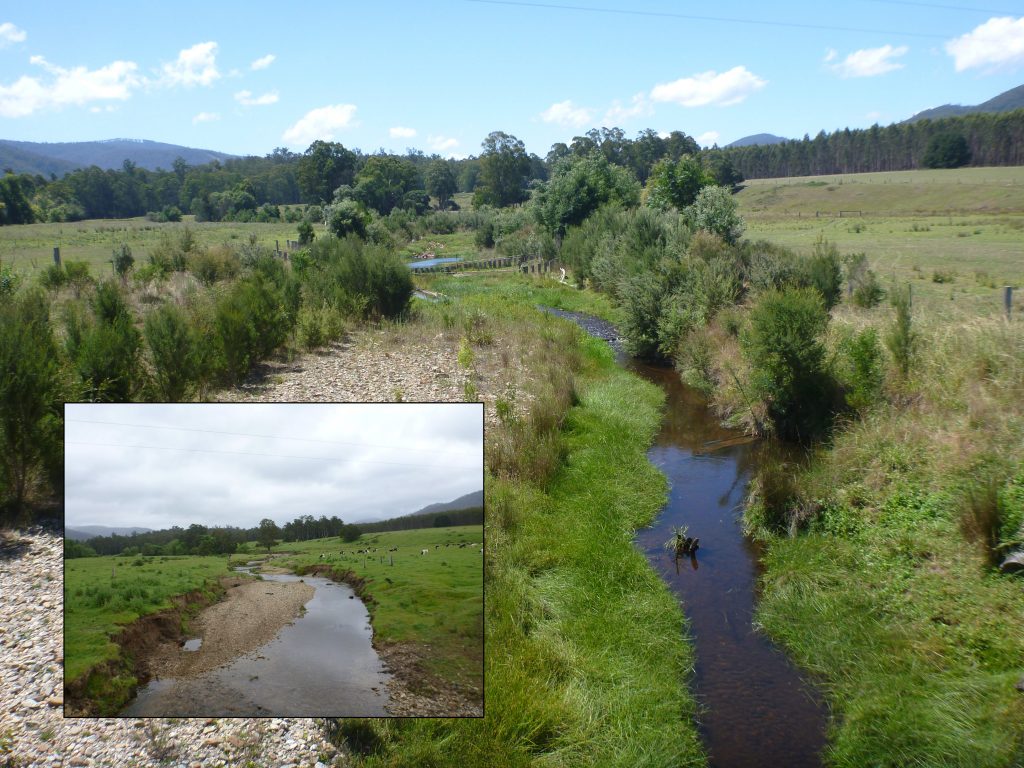
The last six years has shown a big difference on the Combienbar River!
For many years the East Gippsland Catchment Management Authority (EGCMA) has been partnering with landholders along the Combienbar River; constructing 20km of fencing and installing off-stream stock watering systems to keep cattle out of the waterway. A weed control program followed together with planting native plants to help reduce erosion in the river channel and provide habitat for wildlife. The photos above show the last six years of change. As they say, proofs in the pudding.
Through the Victorian Government’s Regional Riparian Action Plan initiative, farmers, Landcare groups, angling clubs and the wider community are improving areas like the Combienbar. Through people working together, we are seeing great results for the critters who call our rivers home.
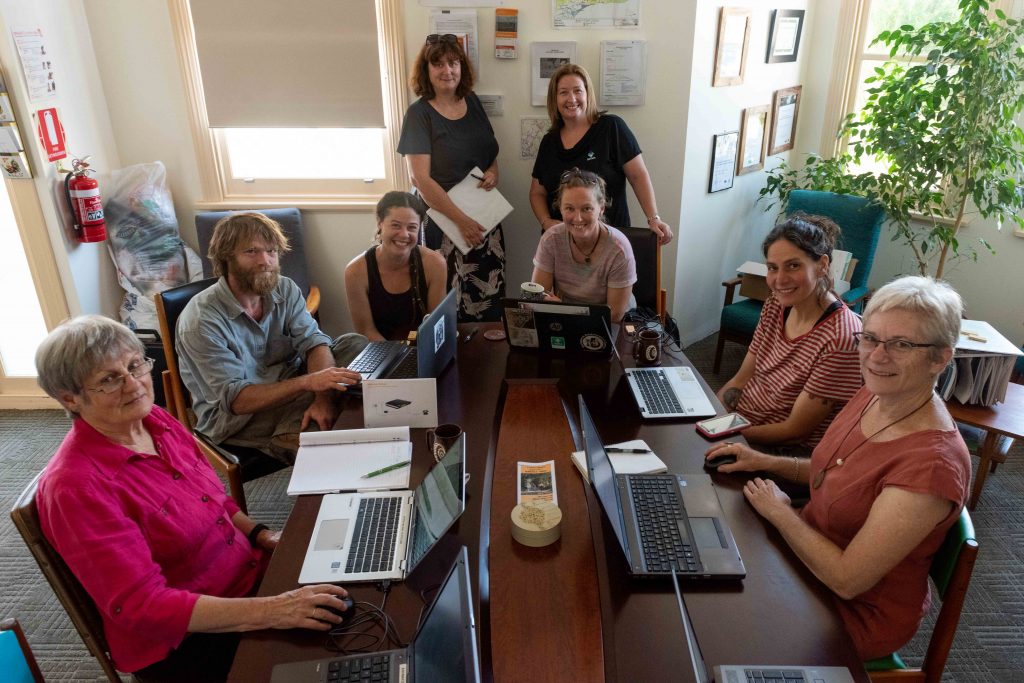
Landcare groups across the region have been polishing up on their technical skills in recent weeks, undertaking computer software training provided by the East Gippsland Catchment Management Authority (EGCMA) in sessions run in Bairnsdale and Orbost.
The EGCMA has developed a simple to use software program to help community groups record projects they’ve undertaken and the improvements they have made.
Rena Gaborov from Goongerah Landcare Group appreciates the simplicity of the program and the ability to convey projects visually using a map. “It’s easy to upload our data, knowing that we can refer to what we’ve been doing over years just by clicking on different points.”
Carolyn Cameron, Community Projects Officer at the EGCMA, hopes that the training will ease the administrative burden on groups. “We’ve tried to create a simple program to help our Landcarers report on their projects and better convey all of the great work they do.”
This program has been developed with the support of the Victorian Landcare Program.
